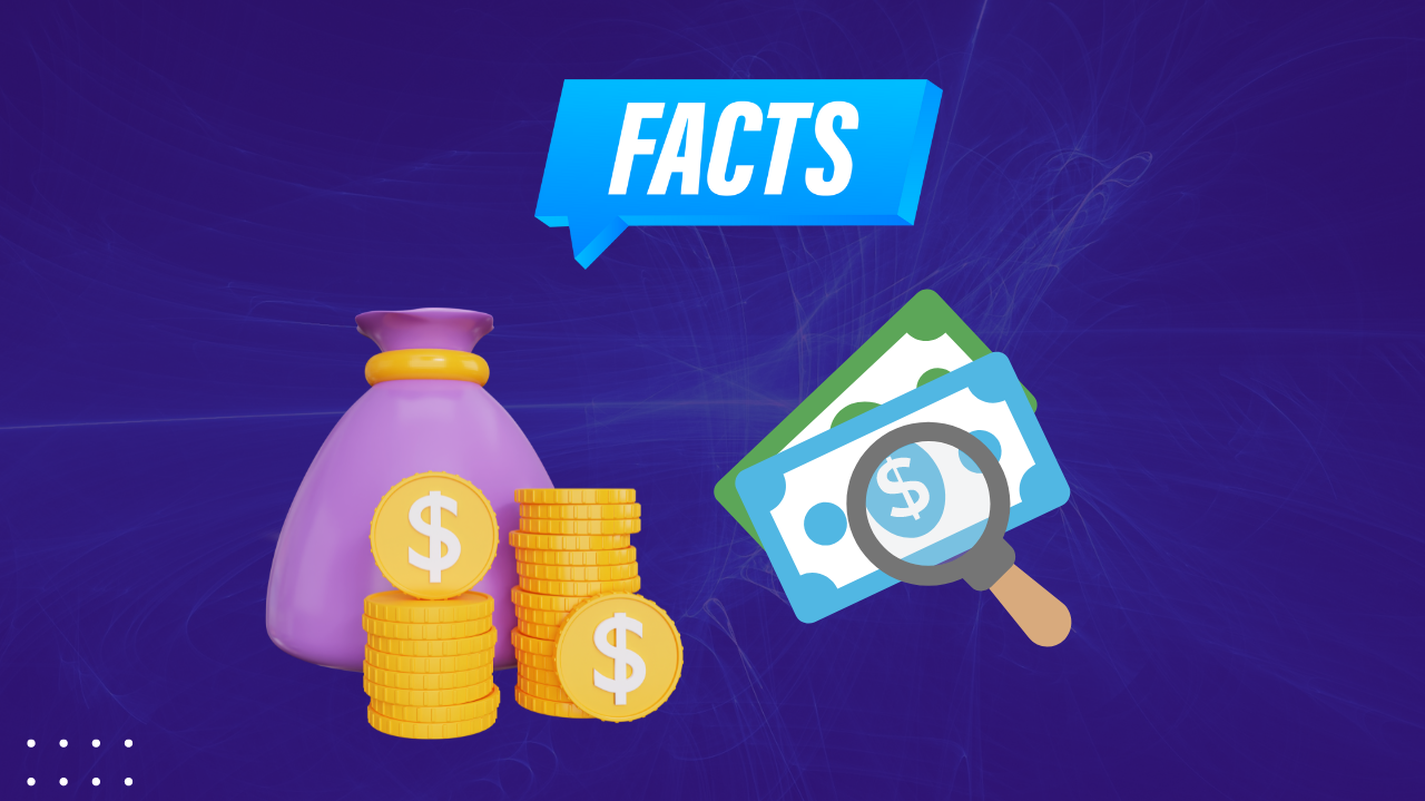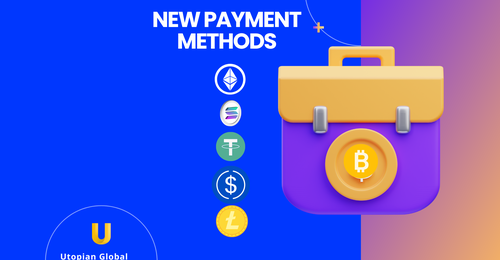
Looking to own a safe, durable asset like gold?
Buy your very own LBMA- certified, 99.99% pure precious metals with Utopian Global today!
Curious if the money in your wallet is real?
Counterfeit money can sometimes find its way into your own hands from unknown sources.
If you want to be sure that the money you own is real, here are 6 tell-tale signs to spot counterfeit money.
(We will use the dollar note as an example for this article. Signs of fake money may vary according to the country.)
Source: Tara Winstead (Pexels)
1.) Feel the texture of the bill:
Sometimes, your own intuition will guide you in this matter. If the note just doesn’t feel right in your hand, it may be fake. Real money should have a crisp texture that’s a little firmer than office paper.
Count on your years of experience in handling paper money and ask the giver for new notes if it feels odd in your hand.
2.) Check for slightly raised ink:
The texture of a U.S dollar is unique because of a trademark feature called slightly raised ink. It makes the note a bit rougher than regular paper. If your dollar note feels too smooth to the touch, be sure to double check.
3.) Check for colour shifting ink:
Another special feature of the U.S dollar is the way it varies in colour if you tilt it at different angles to the eye. The images on 10$ notes and above should range from copper to green as you turn it. If it’s all one colour, make sure to check for other features to confirm authenticity.
4.) Serial Numbers should be evenly spaced:
When you look at the serial numbers printed on both sides of the bill, they should be in a straight line and evenly spaced. Another thing to check is if the serial number is unique. Every U.S dollar has a unique serial number and if multiple dollars have repeated serial numbers, they’re fake.
5.) Look closely for a security thread:
U.S dollars have a thin strip that runs from the top to the bottom of the bill. This feature is very hard to replicate in counterfeit money, so make sure to check for it. You will find this feature in the $5 bill and upwards.
6.) The dollar bill should have red and blue fibers:
U.S dollars, although called paper money, are not actually made of paper but a combination of cotton and linen. This allows the federal reserve to add in red and blue fibers within the note. It should not be printed or stamped but part of the note itself. You can find this feature in all denominations.
This article is sourced from the following links:
How to Spot Counterfeit Money | Personal Finance | US News
How to detect counterfeit U.S. money (cornell.edu)
5 Ways To Spot Fake Money (fraudfighter.com)
Spot Counterfeit Currency: 4 Simple Ways | St. Louis Fed (stlouisfed.org)



